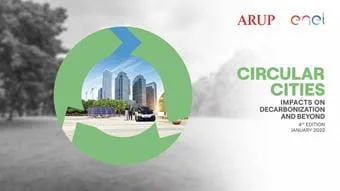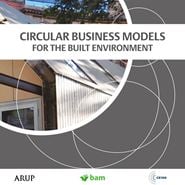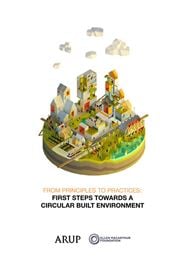Climate change and environmental restoration are top priority for countries and cities around the world. The damaging consequences of rising temperatures and the increased frequency of extreme weather events are impacting on social, economic and environmental systems. Cities account for 70% of global carbon emissions, 60% of resource use and produce 50% of global waste and in this context, they are a part of the problem.
Cities, however, are also playing a key role in addressing the effects of climate change and can be a significant element of the solution, largely achieved through climate protection and adaptation measures to become net zero – but this transition is a complex and challenging one. Adopting circular economy principles – like designing for recycling and reuse, or adapting existing buildings and assets – could allow cities to accelerate decarbonisation, while also addressing longstanding issues like resilience and quality of life.
Working with Enel, and the University of Genoa, Bocconi University and Universidad de Los Andes, Arup has created a report exploring these timely themes. The Circular Cities report takes a detailed look at how circular city principles can be implemented in cities to help them decarbonise their energy systems, transport networks and the wider built environment.





